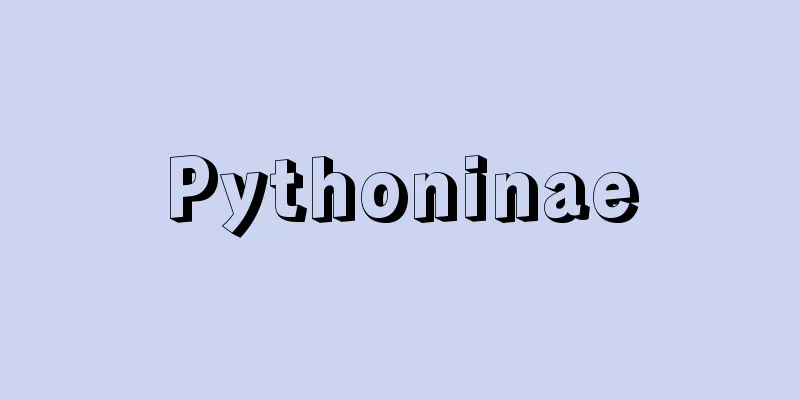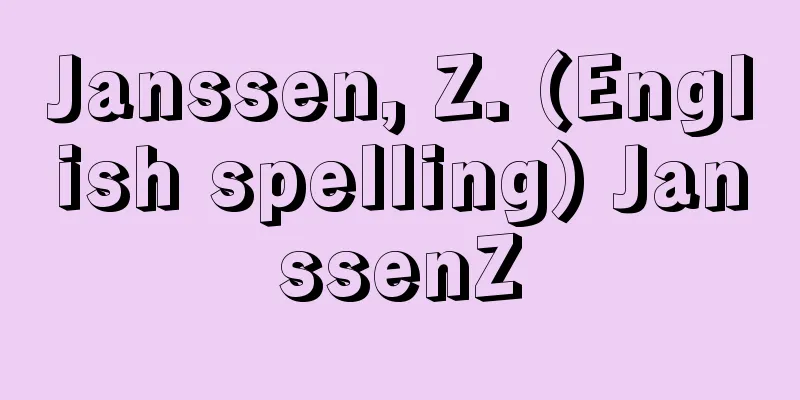Activity analysis

|
It is an analytical method used when considering problems such as choosing the optimal production method for a company, allocating raw materials and labor, or efficiently allocating economic resources to each industry for the entire economy and society. Activity analysis as a computational technique was used in the United States as a method for dealing with military issues during World War II, but after the war it began to develop in connection with economic theory and has played an extremely important role not only in empirical analysis and planning problems, but also in the advancement of economic theory. Activity analysis treats the basic unit as an "activity" that represents a production activity as a set of input factors and outputs. Consider a unit production process or technology that uses m input factors a1 , a2 , ..., am to obtain n outputs b1 , b2 , ..., bn . This is expressed as ( a1 , a2 , ..., am; b1, b2, ..., bn ) and called an " activity . " The basic properties of this activity are assumed as follows: if an activity exists, a certain multiple of it (i.e., a certain multiple of each component of the production vector) also exists, and if two activities exist, an activity that is the sum of them (i.e., a production vector whose elements are the sum of the corresponding elements of the two production vectors) also exists. The former means "invariant returns to scale" and the latter means "there are no external economies" between the two activities. Activity analysis assumes that the economic and social environment of constant returns and the absence of external economies is a standard state of affairs as the basic properties of "activity," and analyzes problems related to production activities and resource allocation based on this. This is a new approach that modifies parts of the analytical methods of traditional classical economic theory that do not seem to match the real economy. For example, traditional economic theory assumes that there are an infinite number of production methods (technologies) that can be used to carry out a certain production activity, and expresses the production function based on this assumption. In reality, however, there are not an infinite number of production methods that can actually be considered in a factory, and it is common for there to be only a few types. In such cases, by treating each of the finite number of production methods as its own "activity," it becomes possible to conduct an analysis that is more in line with reality. Input-output analysis, which has produced remarkable results in recent years in the fields of consistent empirical analysis and planning for a national economy, is theoretically structured around the basic component being an activity that produces only one type of output, i.e., the production vector mentioned above where n is equal to 1. Furthermore, the linear programming method, which is widely used in real-life corporate management to solve problems in production, distribution, personnel and material allocation, and so on, is based on the same concept as activity analysis. [Tadashi Takashima] "Linear Programming and Economic Analysis" by R. Dorfman, P. A. Samuelson, and R. M. Solow, translated by Takuma Yasui et al. (1958, Iwanami Shoten)" ▽ "Samuelson's Economics 6" by P. A. Samuelson, translated by Miyoshi Shinohara (1983, Keiso Shobo)" ▽ "Introduction to Linear Programming" by Akio Koyama (Nikkei Bunko)" [References] | |Source: Shogakukan Encyclopedia Nipponica About Encyclopedia Nipponica Information | Legend |
|
企業にとっての最適な生産方法の選択や原材料・労働の配分、あるいは経済社会の全体にとっての各産業への効率的な経済的資源の割当て、などの問題を考える際に用いられる分析方法。計算技術としての活動分析は、第二次世界大戦中にアメリカで軍事問題処理の手法として利用されていたものであるが、戦後、経済理論に関連して発展するようになり、実証分析、計画問題などに限らず、経済理論の進歩のためにもきわめて重要な役割を演じている。 活動分析は、一つの生産活動を一組の投入要素と産出物の集まりとして表現する「アクティビティ(活動)」を基本単位として取り扱う。いま、m種類の投入要素をそれぞれa1、a2、……、amの量だけ用いてn種類の産出物がそれぞれb1、b2、……、bnだけ得られる単位生産プロセス、あるいは技術を考えるとき、これを(a1,a2,……,am;b1,b2,……,bn)と表示して「アクティビティ」とよぶのである。そして、このアクティビティの基本的性質として、あるアクティビティが存在すれば、その一定倍のアクティビティ(すなわち、生産ベクトルの各構成要素を一定倍したもの)もまた存在すること、さらに、ある二つのアクティビティが存在すれば、それらの和であるアクティビティ(すなわち、二つの生産ベクトルのそれぞれ対応する要素の和を要素とする生産ベクトル)も存在すること、の二つが仮定される。前者は「規模に関して収穫不変」を意味し、後者は二つのアクティビティ間に「外部経済が存在しない」ことを意味する。 活動分析は、この収穫不変と外部経済の不存在という経済社会の環境として一つの標準的な状況を「アクティビティ」に関する基本的な性質として前提し、それに基づいて生産活動や資源配分に関する問題を分析するのである。これは、従来の古典的な経済理論の分析方法のうち、現実経済の姿に合致しないと思われる部分を修正する新しい内容をもつものでもある。たとえば、伝統的な経済理論においては、ある生産活動を行うにあたって利用可能な生産方法(技術)は無数に存在すると仮定し、それに基づいて生産関数を表現してきたが、実際には、ある工場で現実に考慮の対象となりうる生産方法は無数には存在せず、数種類であるのが一般的である。このような場合に、その有限個の生産方法の一つ一つを独自の「アクティビティ」として取り扱うことにより、より現実の姿に沿った分析ができることになる。 一国経済全体の整合的実証分析や計画策定の分野で近年目覚ましい成果をあげている産業連関分析は、ただ1種類の産出のみを行うアクティビティ、すなわち、前出の生産ベクトルにおいてnが1の場合の生産ベクトルを基本的構成要素とした理論構成をとるものであり、また、現実の企業運営面などで、生産、流通、人員・資材配置などの問題解決のため幅広く用いられているリニア・プログラミングの手法も活動分析と同じ考え方に基づくものである。 [高島 忠] 『R・ドーフマン、P・A・サミュエルソン、R・M・ソロー著、安井琢磨他訳『線型計画と経済分析』(1958・岩波書店)』▽『P・A・サミュエルソン著、篠原三代平訳『サミュエルソン経済学体系6』(1983・勁草書房)』▽『小山昭雄著『線型計画入門』(日経文庫)』 [参照項目] | |出典 小学館 日本大百科全書(ニッポニカ)日本大百科全書(ニッポニカ)について 情報 | 凡例 |
>>: Activity Peep - Activity Peep
Recommend
"Memoirs" (Casanova)
…During his life, Casanova had relationships with...
Vasiliy Yakovlevich Eroshenko
A blind Russian poet. He studied at a school for ...
Nun's wife - Amagozen
〘Noun〙① ("Gozen" is a suffix of honorifi...
Koninkrijk der Nederlanden (English spelling)
…Official name: Kingdom of the NetherlandsArea: 4...
Bénédictine (France)
A trademark name for a liqueur produced by the Fr...
Fittig, R.
…Discovered by CA Wurtz in 1855. The Wurtz reacti...
Mr. Onodera - Onodera Uji
A group of warriors from the Middle Ages. Their an...
Pun - pun
〘 noun 〙 ("Shakure" is a phonetic charac...
Barred Plymouth Rock
… [Dual-purpose egg and meat breed] A breed kept ...
Gampopa - Gampopa
... At that time, Anuttarayoga Tantra was popular...
Fontaine
American actress. Born in Japan to British parents...
Dangerous thoughts - kikenshisou
〘 noun 〙 An idea that has a bad influence. An idea...
Hammer - Hammer
An ornament that protects the tip of the biwa. It ...
Table - taeburu (English spelling) table
A trapezoidal piece of furniture used for dining,...
Riverbed
The bed of a river that is covered with water. It ...









